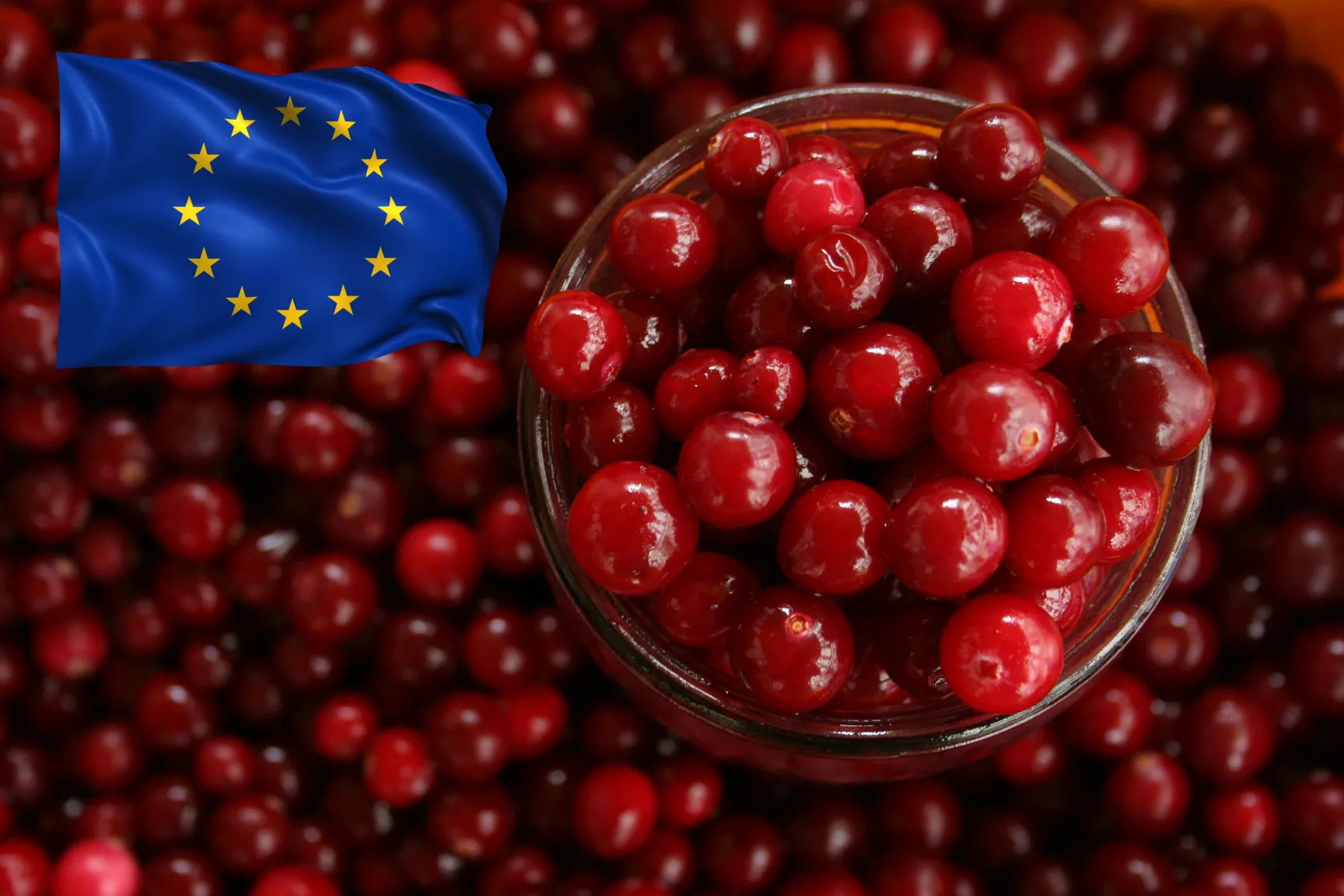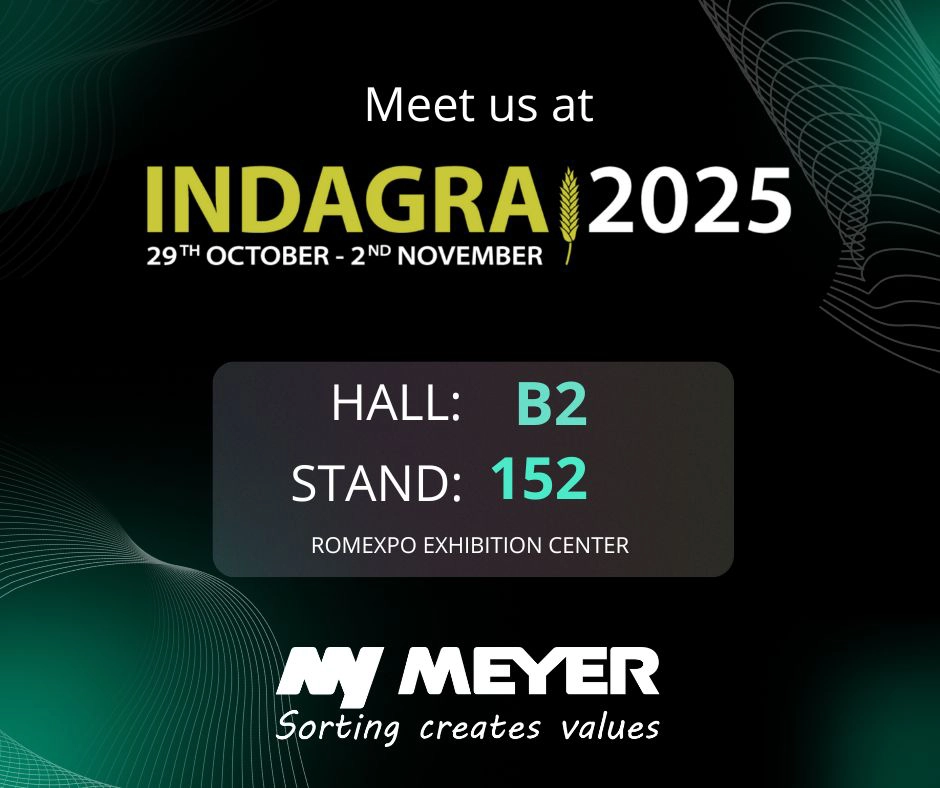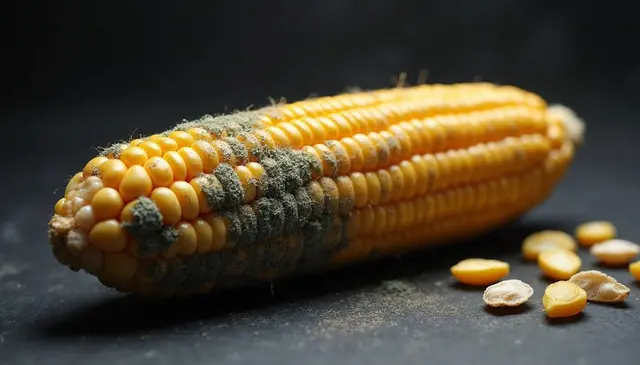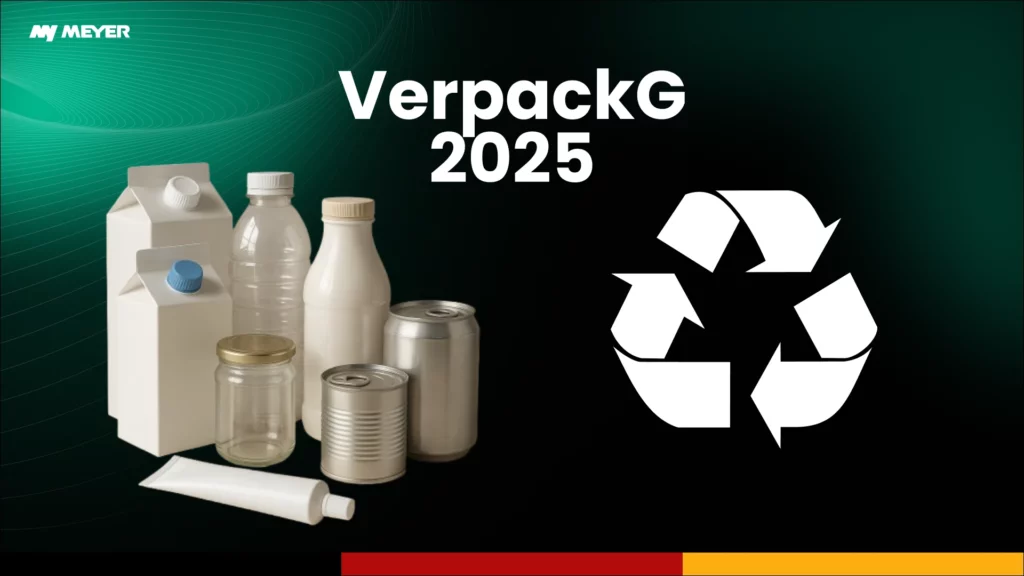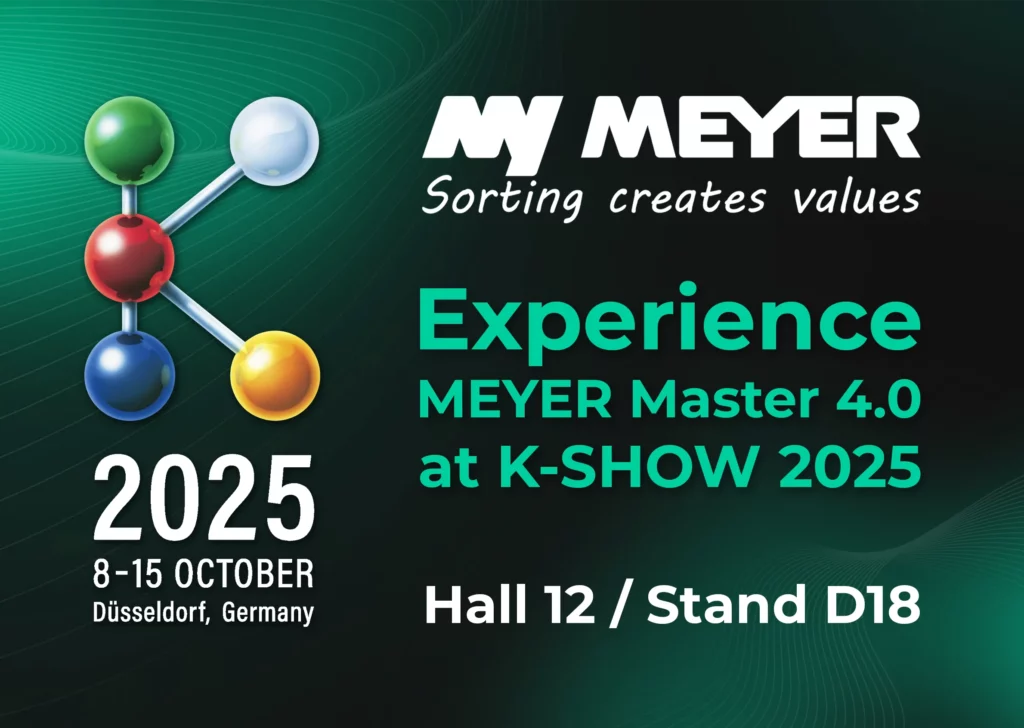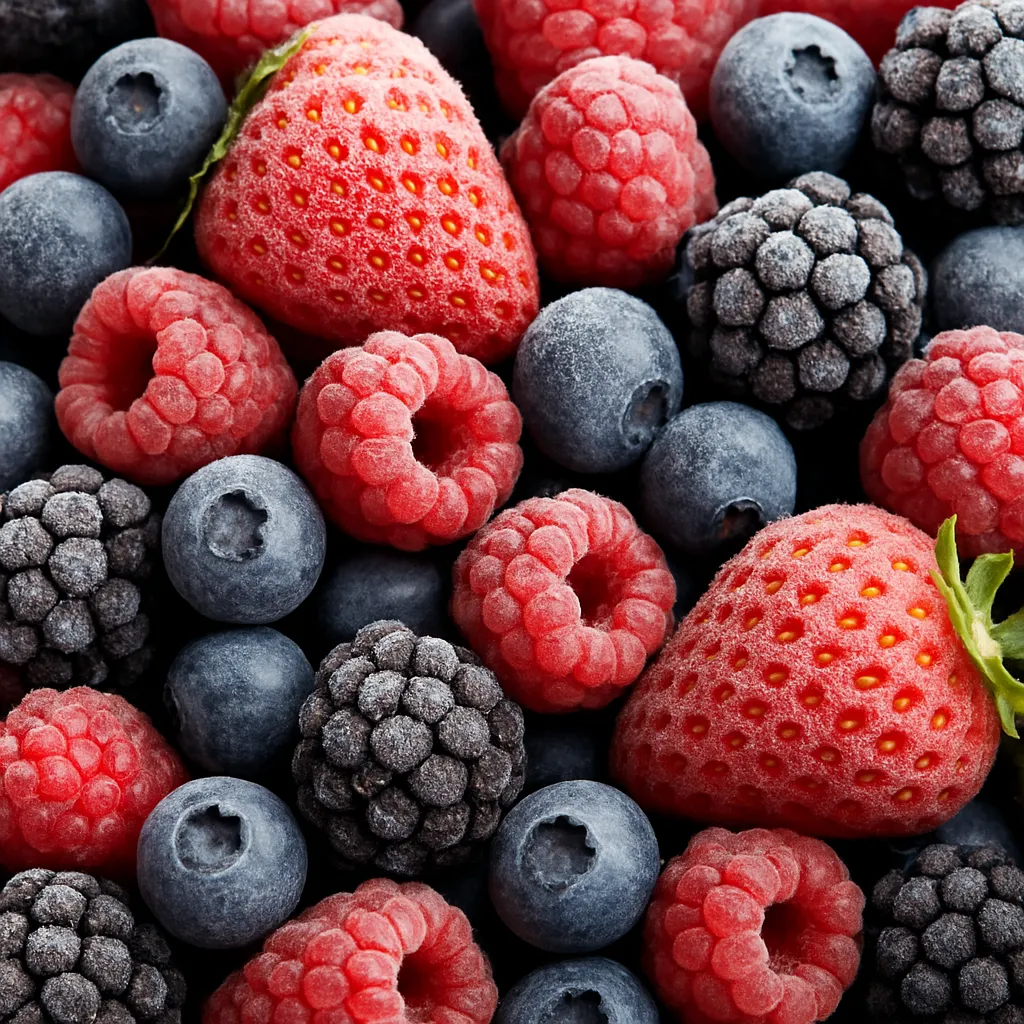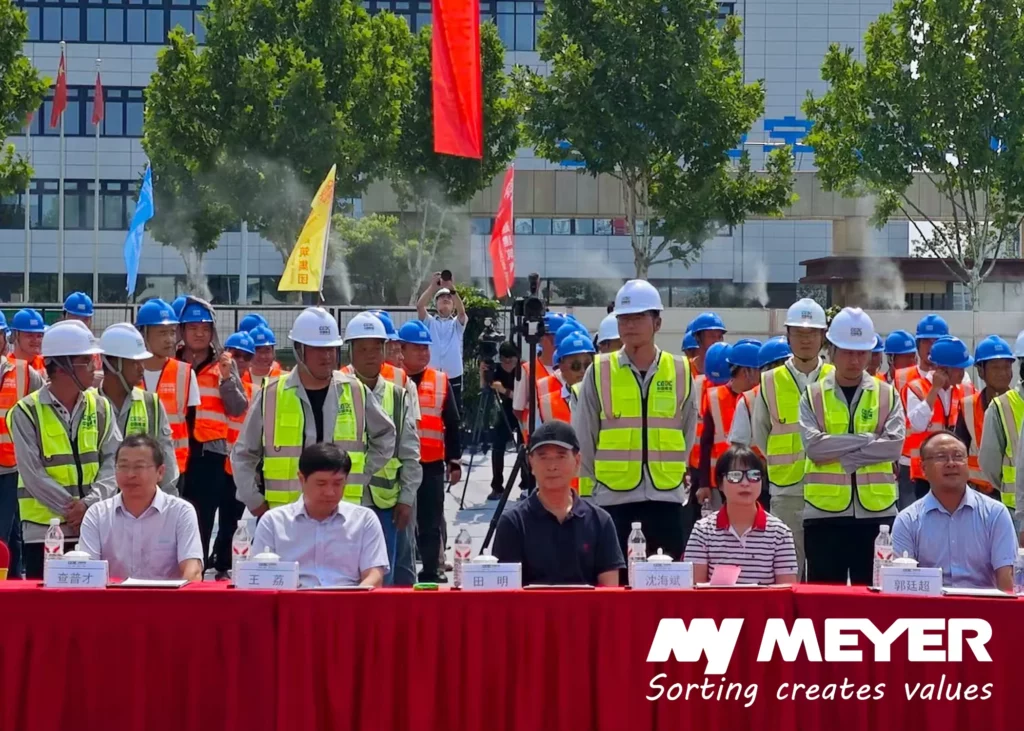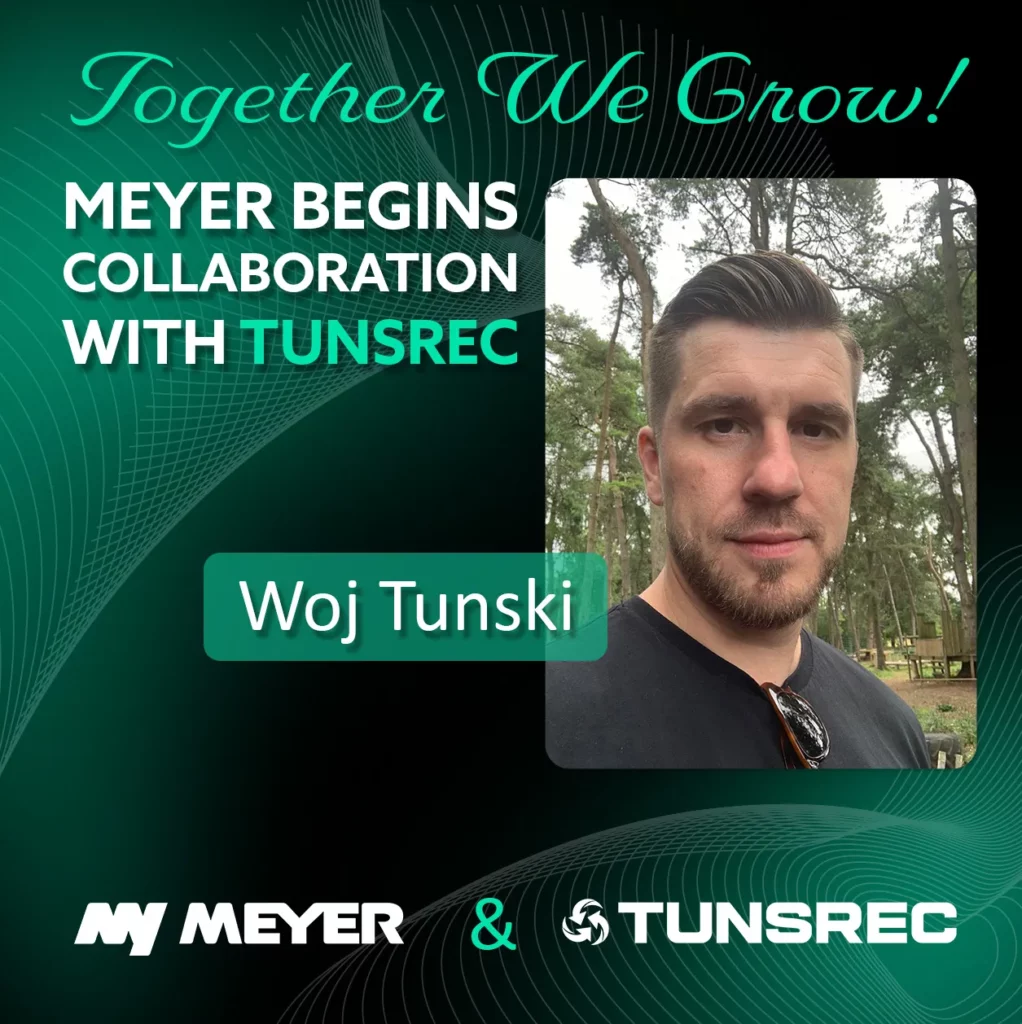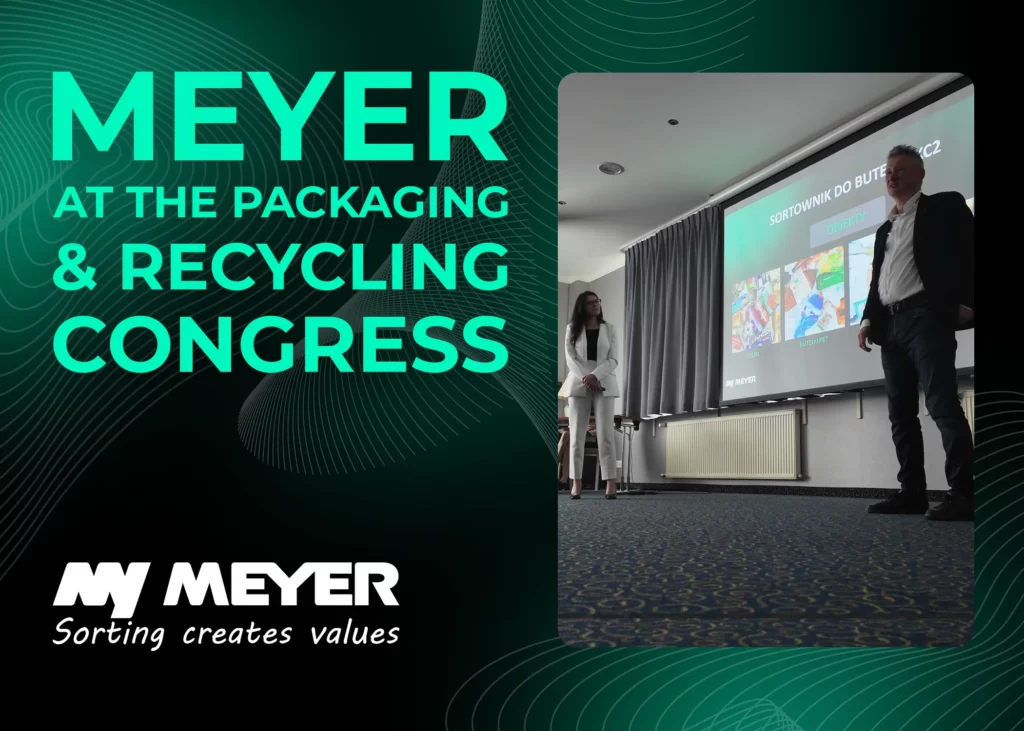In today’s fast-moving global food market, European Union (EU) food safety standards stand among the strictest and most demanding worldwide. For exporters looking to access and thrive in this lucrative market, ensuring compliance isn’t just a checkbox—it’s a critical business requirement. One of the most effective tools helping companies meet these tough demands is optical sorting technology.
Understanding EU Food Safety Regulations
The EU food safety framework is anchored in several key regulations, including:
- Regulation (EC) No 178/2002 (General Food Law) – setting overarching principles on food safety.
- Regulation (EC) No 852/2004 (Food Hygiene) – covering hygiene practices in food handling and production.
- Regulation (EC) No 853/2004 – detailing specific hygiene rules for food of animal origin.
- Maximum Residue Limits (MRLs) – strict limits on pesticide residues and contaminants.
Non-compliance can result in rejected shipments at EU borders, costly recalls, legal penalties, and damage to brand reputation. For exporters, ensuring that every batch meets these standards is non-negotiable.
Key Food Safety Risks Addressed by Optical Sorting
Optical sorting technology helps food producers and exporters target and eliminate several critical food safety risks:
- Contaminants: Stones, plastics, glass, metal fragments, and other foreign objects that could pose safety hazards.
- Defective Products: Moldy, discolored, or otherwise spoiled products that compromise quality.
- Allergen Control: Removing cross-contaminants that could trigger allergic reactions in sensitive consumers.
- Pesticide or Residue Issues: By sorting only the highest-quality raw materials, producers can meet strict MRLs and chemical limits.
By tackling these risks head-on, optical sorters play a direct role in helping companies align with EU standards.
How Optical Sorting Ensures Compliance
Modern optical sorting machines use detection methods, including:
- Cameras to detect color, shape, and surface defects.
- Laser and Near-Infrared (NIR) sensors to identify invisible defects or contaminants.
- X-ray and hyperspectral imaging for advanced internal analysis.
These systems operate at high speeds, automatically identifying and ejecting non-conforming items from production lines. Unlike manual inspection, they deliver superior consistency, precision, and documentation, dramatically reducing human error.
Meeting Specific EU Requirements with Optical Sorting
Exporters can leverage optical sorting technology to address key EU regulatory priorities in several highly specific ways:
- Traceability: Advanced optical sorting systems integrate with ERP and MES software, creating detailed digital logs of every rejected material and batch processed. This real-time data capture allows exporters to trace back rejected items to specific suppliers, raw material lots, or processing shifts, ensuring full traceability as required under Regulation (EC) No 178/2002. Additionally, systems can generate batch-specific trace codes and link sorting outcomes to external databases used during customs and border inspections.
- Product Consistency: EU buyers expect tight tolerances on visual and physical quality. Optical sorters maintain product consistency by using multi-sensor arrays that detect defects as small as fractions of a millimeter, ensuring that only items meeting exact color, size, shape, and surface standards are accepted. For example, in nut processing, these systems can separate aflatoxin-contaminated kernels that are undetectable by the naked eye, directly supporting compliance with EU contamination thresholds.
- Hygienic Design: Optical sorting machines destined for EU markets are typically built from stainless steel and food-grade materials and feature hygienic design principles like crevice-free surfaces, sloped panels to avoid water pooling, and tool-free disassembly for easy cleaning. This supports sanitation protocols under Regulation (EC) No 852/2004, helping processors meet Hazard Analysis and Critical Control Point (HACCP) requirements and pass routine inspections by EU food safety authorities.
- Audit-Ready Records: Beyond basic logkeeping, advanced optical sorters provide automated, time-stamped reports documenting sorting performance, rejected quantities, contamination types, and corrective actions taken. These detailed records serve as critical evidence during third-party certifications (such as BRCGS, IFS, or ISO 22000) and facilitate smoother compliance audits, reducing the risk of certification nonconformance or export delays.
Industries and Products That Benefit Most
Optical sorting is particularly critical in sectors like:
- Fresh Produce: Fruits, vegetables, nuts, and berries, where visual quality and safety are paramount.
- Grains and Seeds: To remove defective kernels, stones, or other foreign matter.
- Dried Foods, Spices, and Herbs: Where small contaminants are difficult to detect manually.
- Processed Foods: Where ingredient-level precision can prevent cross-contamination and meet allergen-free claims.
Steps for Exporters to Implement Optical Sorting
- Assess Current Risks: Map out where contaminants, defects, or inconsistencies occur in production.
- Choose the Right System: Select an optical sorter tailored to your product type, production volume, and contamination risks.
- Integrate with Production Lines: Ensure seamless installation alongside existing systems, including traceability software.
- Train Staff: Provide training to operators and maintenance teams for smooth day-to-day operations.
- Maintain and Calibrate: Regular maintenance and calibration ensure peak performance and ongoing compliance.
Conclusion
For food exporters aiming to succeed in the European market, meeting EU food safety standards is essential. Optical sorting technology offers a powerful, proven solution to eliminate contamination, improve product quality, and achieve compliance efficiently.
Ready to future-proof your export operations? Contact Meyer today to learn how our advanced optical sorting solutions can help you navigate EU regulations with confidence.
